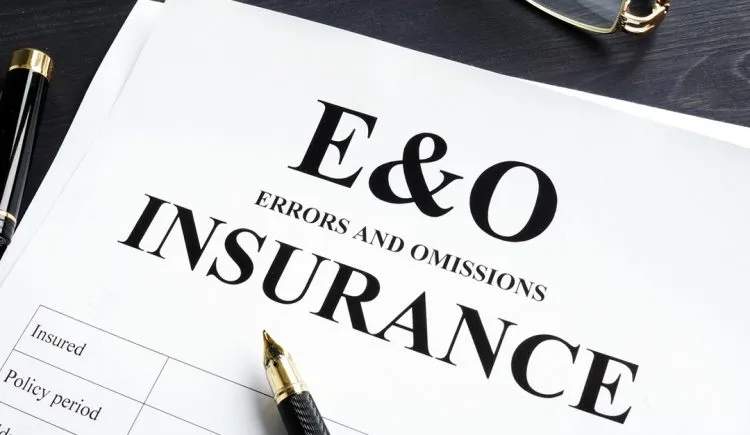It can be challenging to comprehend errors and omissions (E&O) insurance, also known as professional liability insurance, but we hope this blog will help you navigate its complexity in the proper way. direction so that you and Your business can get adequate coverage.
Below are the details of four specific areas that you will want to focus on before purchasing an E&O policy.
1. Definition of Professional Services
When you’re looking to purchase E&O insurance, your first priority is to make sure you fully define your professional services — in other words, what your job entails. For an E&O policy to provide adequate coverage in the event of a claim, the professional services must be clearly specified at the time of taking the policy. Once your E&O insurance policy is drawn up, you should review it and make sure everything you do at work is reflected in the policy so that you are fully protected.
2. Named Insurance
There are a few things to remember when deciding what to cover – these are some of the most important parts of an insurance policy. First, on the detail page of your E&O insurance policy is the name of the party who held the policy at the time of the claim. Second, if you own a subsidiary or subsidiary company and it meets the specifications laid down by the subsidiary’s policy, it is also covered. Third, if your business has connected companies, which are typically held less than 50% by the parent firm, they won’t be covered by the E&O policy unless they meet certain conditions.If you decide to add affiliates, make sure your professional services are clearly defined as well.
3. Policy Form
Whether you are an engineer, a lawyer, or something else, each E&O policy should have its own policy form for your type of work. It will ensure adequate coverage and define who is insured, the terms of coverage and the types of claims covered by the policy. It is the underwriter’s responsibility to write the appropriate policy form for the type of business you are running, but be sure to review it carefully so that you don’t see any gaps in coverage when you submit your policy. Complaint.
4. Continuity
Like other policies, you are covered only for the policy term as stated in the policy document. For E&O policies, you must ensure that your policy coverage is included retroactively. Retrospective dates provide coverage for periods prior to the current E&O policy start date. The prior action limitation recognition date (or start of coverage), for instance, is January 2016 if you bought the E&O policy in January 2016. Any claim against you prior to that date will not be covered. As time passes and the policy is renewed, the date of the last action is pushed forward.Therefore, if you filed a claim in 2017 and 2018 and your E&O coverage is still in effect, your claim will be paid. If you decide to make changes to your E&O policy, it is important to note the date of your prior knowledge of the Act restriction.
Conclusion:
When buying an E&O insurance coverage, there are a lot of things to evaluate and think about; just be sure to keep these four items in mind. Another thing to keep in mind is that having E&O insurance can be beneficial and an added value to your clients as it can potentially protect you from competition by proving your trustworthiness and credibility to get work done by your competitors . Additionally, some clients may also require you to obtain an insurance policy prior to undertaking the project; So if you already have one, you’re ahead of the game.
Now that you have a good understanding of E&O insurance, read our related blog, Protecting Your Business With Employment Practice Liability Insurance (EPLI) to learn more about protecting your business from all angles and making sure it is covered. Keep it safe, consider reading.






